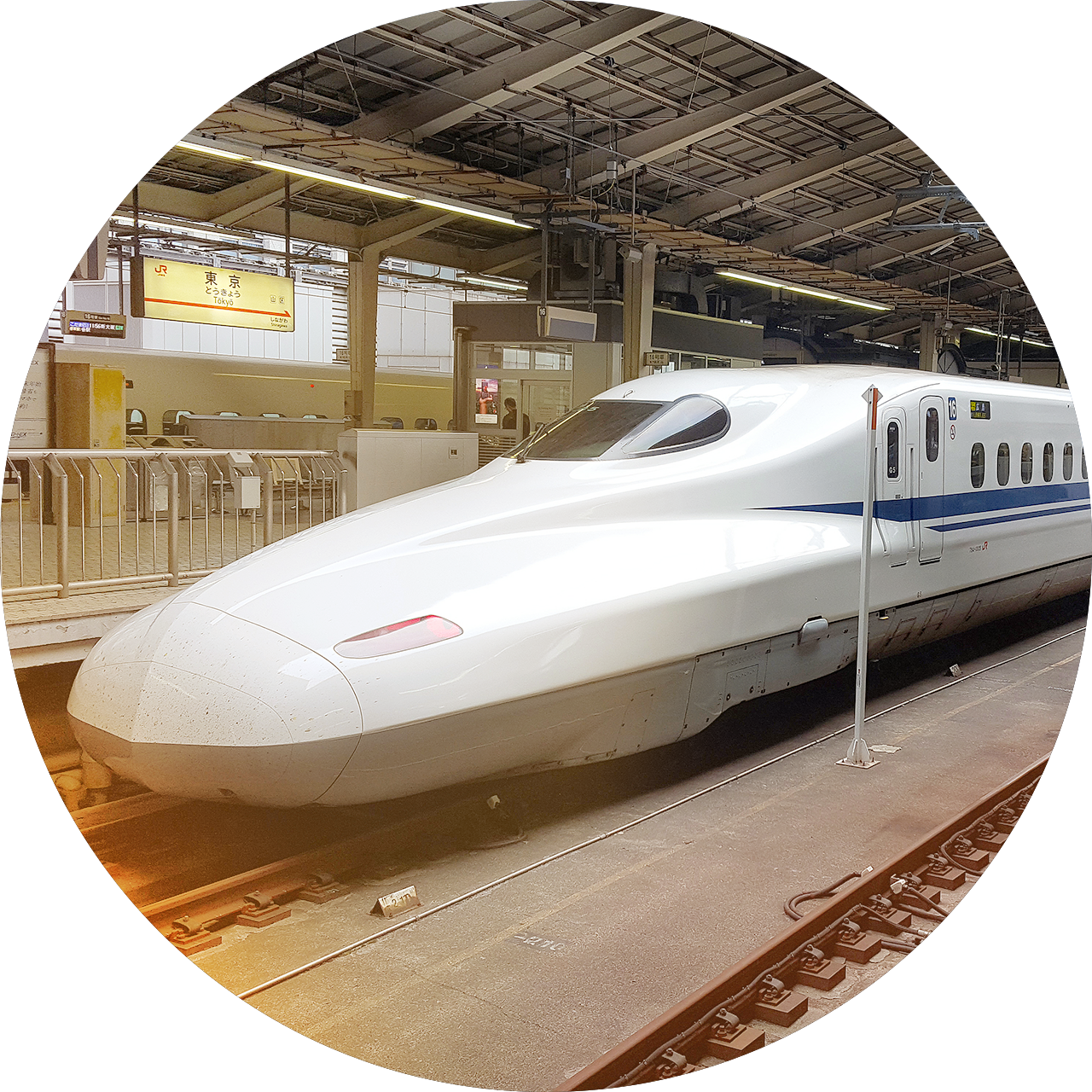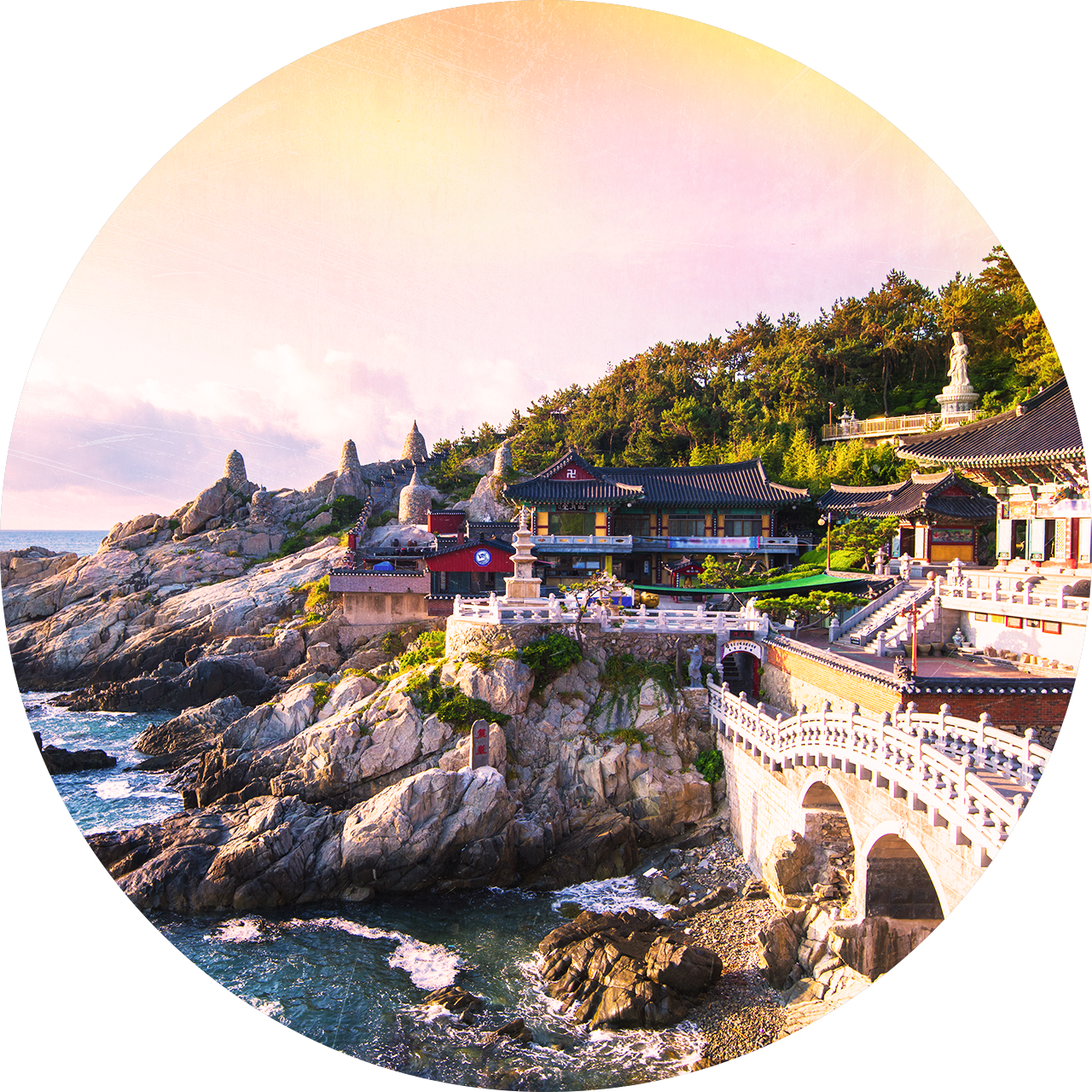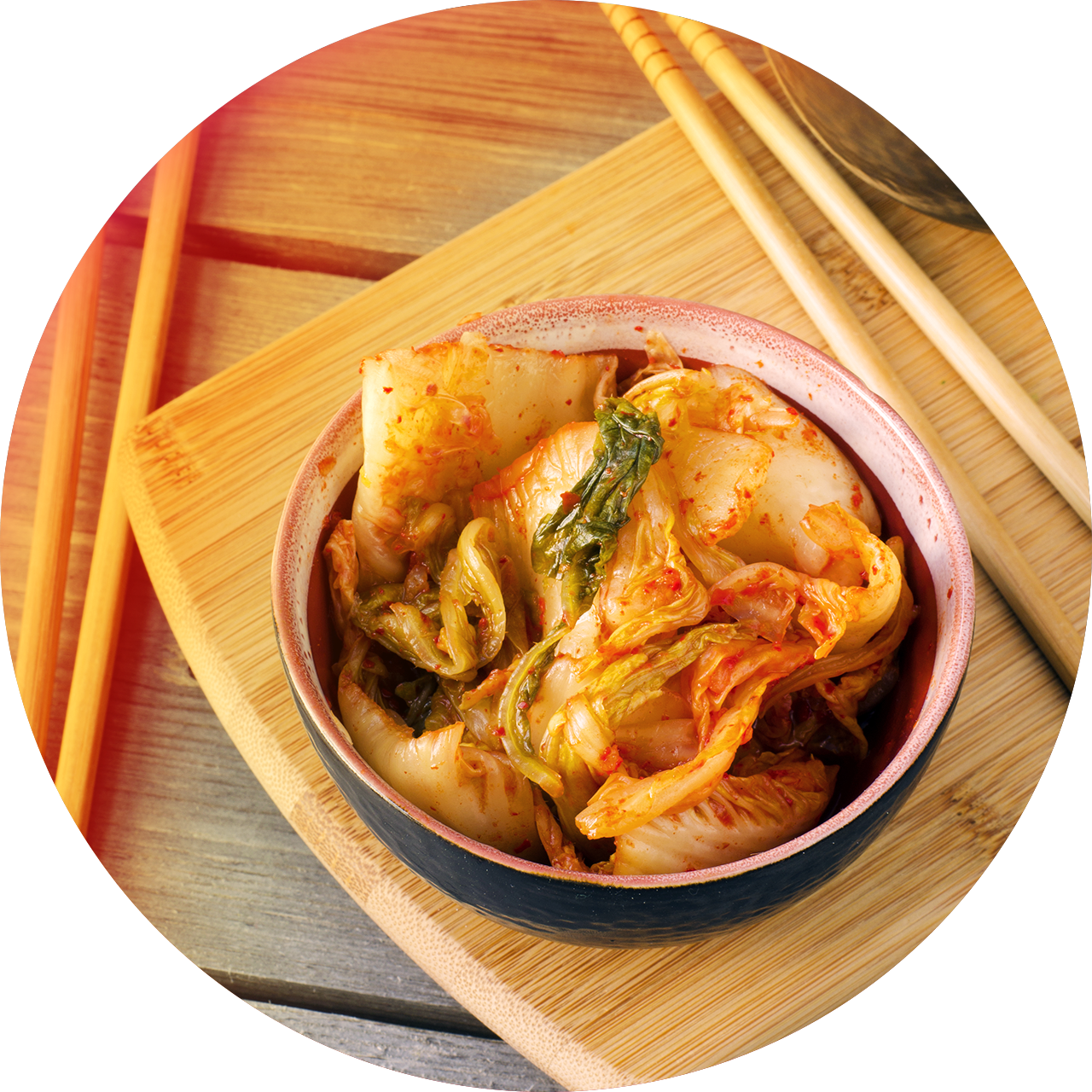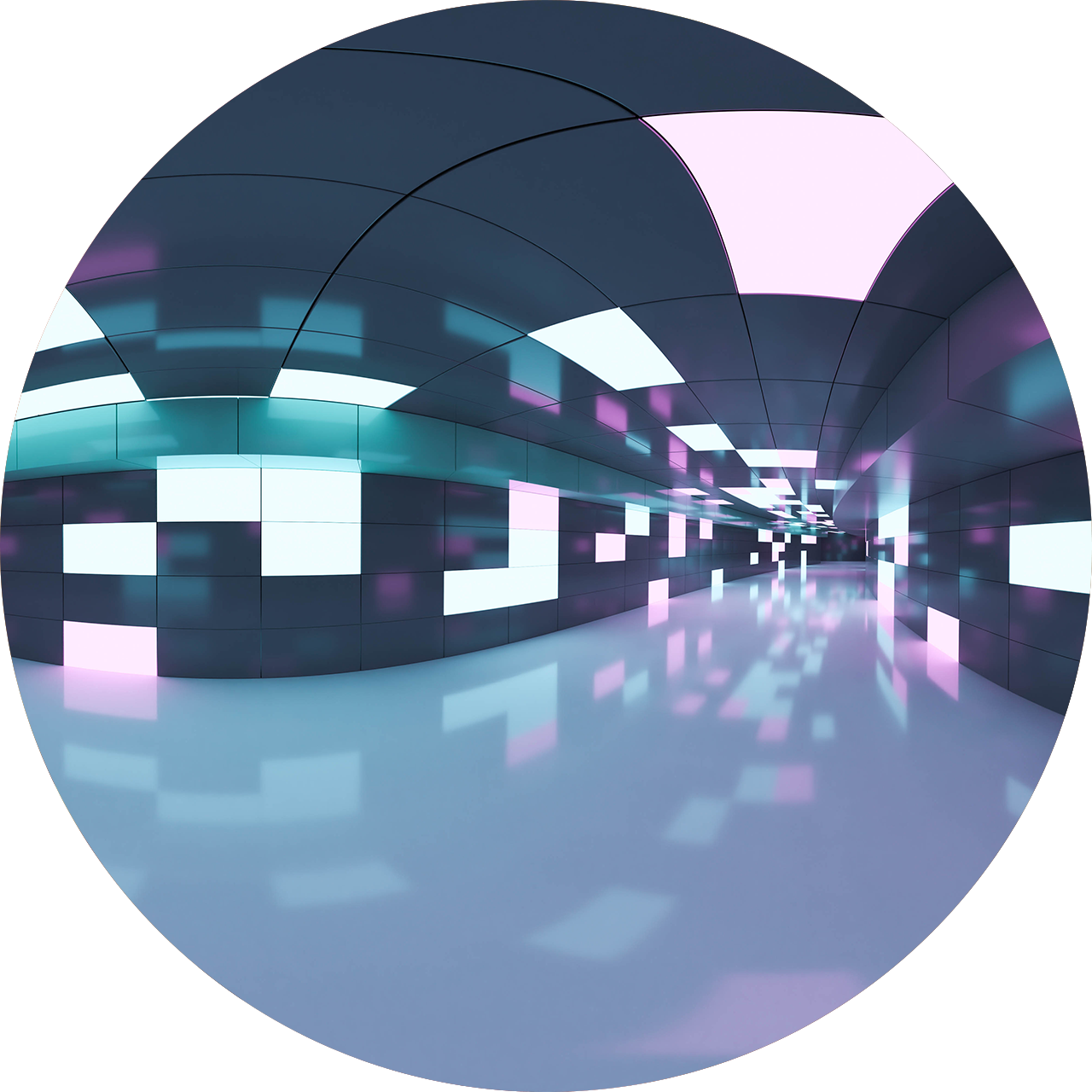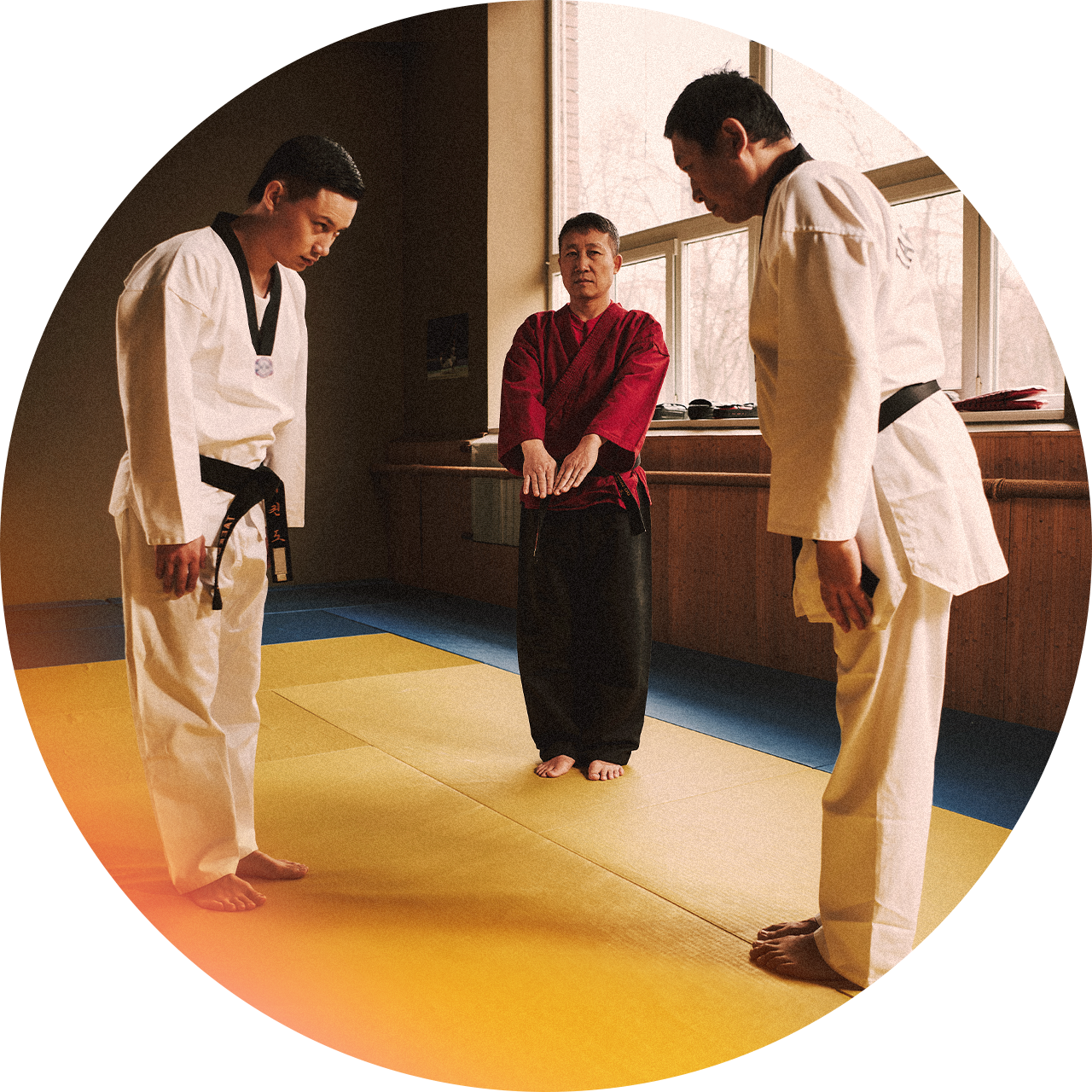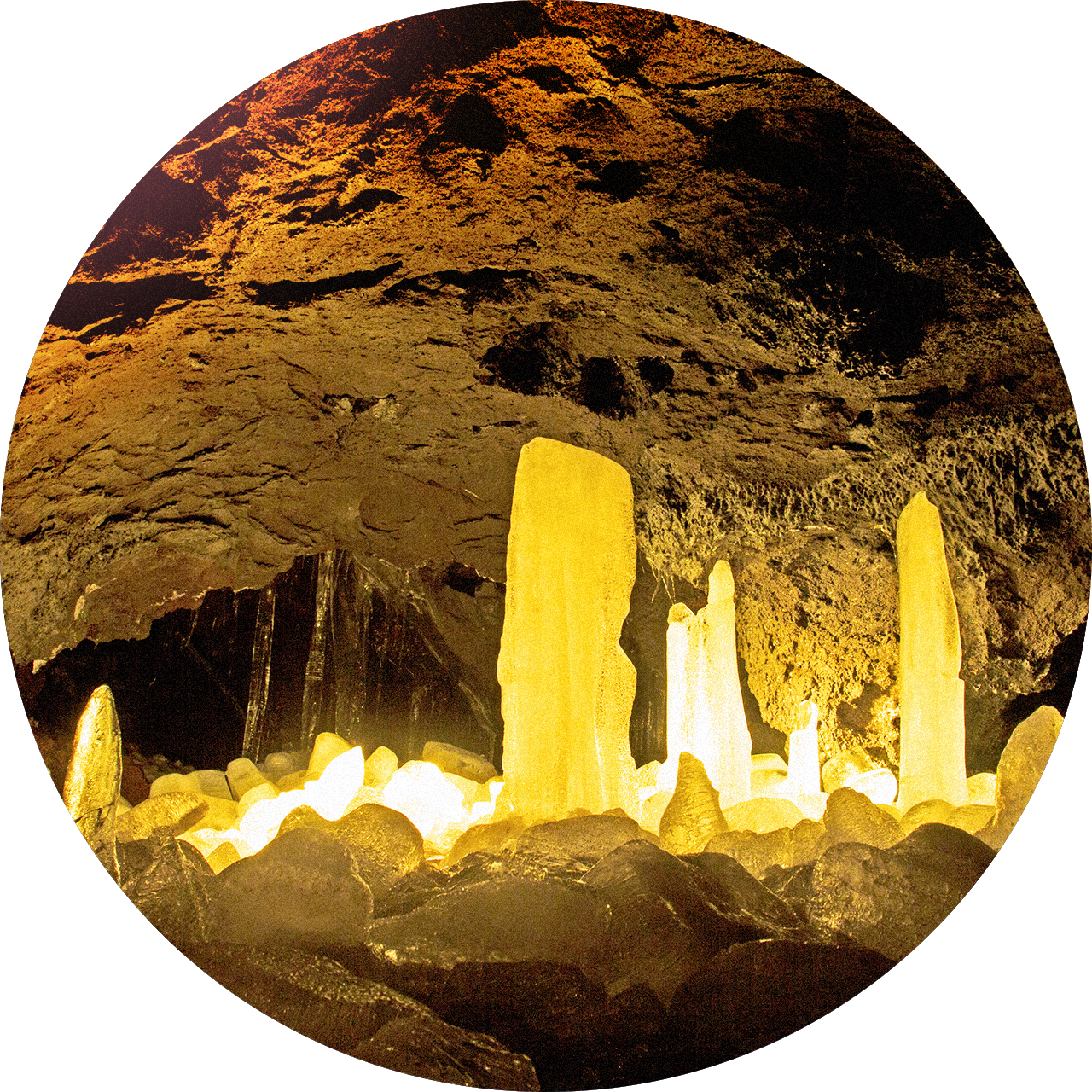
In EF’s “The making of” series, we explore what goes into the creation of an EF tour. Today, we’re focusing on South Korea & Japan, an exciting new itinerary that allows travelers to experience South Korea with EF Educational Tours for the very first time, then experience Japan like never before.

It was an easy decision to link South Korea and Japan together for our newest EF tour. Each of the unique countries juxtapose cutting-edge technology and hyper-modern metropolises with the tranquility of old-world traditions and stunning natural beauty.
But here’s where things really get interesting: South Korea isn’t just part of a new tour. It’s a whole new destination for EF Educational Tours. As you might imagine, after showing students the world for over 55 years, it’s not every day we encounter uncharted territory. And even though it’s a new destination, South Korea’s increasingly influential cultural impact across the globe has already made this tour one of our most exciting and popular itineraries.
Of course, launching a brand-new tour in an entirely fresh country is no small feat. EF will begin taking travelers from South Korea to Japan in early 2024, but planning for South Korea & Japan (along with the also-brand-new tour Discover South Korea) has been in the works for a while. “Believe it or not, the story actually starts back in 2019,” says Aaron O.R., an EF Senior Market Development Manager who focuses on Asia, the South Pacific, and Africa.
“Anytime we want to open up an entirely new destination, there’s a lot of work that has to go into it,” says Aaron. “A lot of research, a lot of safety checks. A lot of so many things.”
Why South Korea?
For starters, more and more of youth culture across the globe revolves around South Korea. “K-pop and K-dramas really kind of put [South Korea] in people’s awareness in a way that it’s never really been before,” says Aaron. But it wasn’t all about reading the cultural tea leaves. One look at the steady stream of inquiries directed at EF’s customized tours team shows that introducing a South Korean tour is a reflection of a noticeable spike in interest from teachers and students.
There’s also immense power in making more of the world available for travelers. Asia is not a compact region. There’s a huge cultural diversity, country to country and even within countries. From South Korea to Japan, giving students the chance to travel between multiple cultures on one tour will allow them to discover that what they might have assumed was a uniform region of the world actually contains layer upon layer of nuance.

A team spanning one side of the globe…
There are so many details to work out before the first tour can set foot in a new country. It takes dozens of people to put it all together. For South Korea & Japan, that work revolved around a small, core team working across the globe. And thanks to some far-reaching time zones, often around the clock.
From our EF office in Denver, Aaron served as the spearhead for this project. And he had a clear goal in mind. “I’m really not looking for just another guided tour,” he says. “I’m looking for a way for students to interact with the culture in a unique way.”
That’s why Aaron is so excited about what he refers to as the unofficial sub-theme of South Korea & Japan: nature. It’s easy to get lost in the neon lights of the tech-forward big cities or the jaw-dropping speed of bullet trains. But out the window of those trains is a beautiful, unique landscape you won’t see anywhere else. That’s why the itinerary is almost evenly split between bustling cities and serene natural beauty. Travelers will see all sides of South Korea (and Japan, too!), from a hyper-modern virtual reality experience to the ancient practice of making kimchi from scratch.

…to the other
Because planning for this tour began in 2019, much of the work was done while strict travel restrictions were in place. Luckily, Aaron had Remi C. and Karen W. to lean on. As long-tenured EF employees, there’s little the duo hasn’t seen. Plus, they’re masters of logistics.
Working from our Tokyo office, Remi is the Director of Operations for Asia, ensuring the details of every EF tour in the region, from hotels and buses to restaurants and travel times, run smoothly and safely. In Shanghai, Karen, in her role as a Regional Director, oversees day-to-day production.
The two of them spent years building an expertise on South Korea. While visiting the country to interview countless partners, Remi knew it was critical to experience each element of the itinerary himself. “I was there making sure whichever experience we were going to [have] would bring enough educational content,” says Remi. “We work with the supplier to make sure they include enough educational components so it becomes aligned with EF’s mission.” In one particular example, Remi and Aaron worked with one of our new partners in Seoul to tailor a Taekwondo class in order to maximize its educational value.
Karen is acutely attuned to each little element of the itinerary. But the aspect of the tour she’s most excited about actually exists outside of the structure of an itinerary that stretches from South Korea to Japan. “You can imagine the culture shock,” she says of people visiting Asia for the first time. “And the people you meet are going to be so different. From my past experience, students always remember the people they’ve met. That’s the beauty of it. When they really talk to people, interact with locals, that changes how they see the world.”

On-tour activities highlighting South Korean and Japanese experiences

Hear from a Tour Director
A Q&A with Sohey Ahn, a South Korean native with over a decade of experience leading tours
-
Q:
Why do you feel it’s important for students to discover all South Korea has to offer?
A: Students will enjoy beautiful scenery and experience internationally famous modern technology, trendy fashion, entertainment, and delicious food. And at the DMZ tour [ed note: on our Discover South Korea tour, touring the demilitarized zone between North and South Korea is an optional addition to the itinerary], they will be able to have firsthand experience with the power of ideology and how it affects life in South Korea.
-
Q:
What parts of South Korean culture are you excited to share with students?
A: I love to share traditional Korean culinary culture and how it shows religious influence, such as Buddhism and Confucianism. For example, Koreans believe food has two different energies. Some food has up-energy, which is Yang, and some food has down-energy, which is Yin. Ginseng chicken soup is the most famous example. The reason we put chicken and ginseng together on this dish is chicken has Yin energy and ginseng has Yang energy.
-
Q:
What makes this experience in South Korea unique?
A: All the experiences students will have in South Korea are meant to be their experiences. There is a Korean word, in-yeon, which means “whatever it is, it is meant to happen this way.”
For example, when we share a table with a stranger at a busy restaurant, Korean believe it is in-yeon. Which means we were meant to share the table together. It is already decided in previous life, which is based on reincarnation in Buddhism. Anybody who visits Korea, I believe they have in-yeon with Korea.

Explore the itinerary
Looking for even more detail? Check out the full breakdown of South Korea & Japan by reading the complete itinerary.
See the full tourRelated articles

